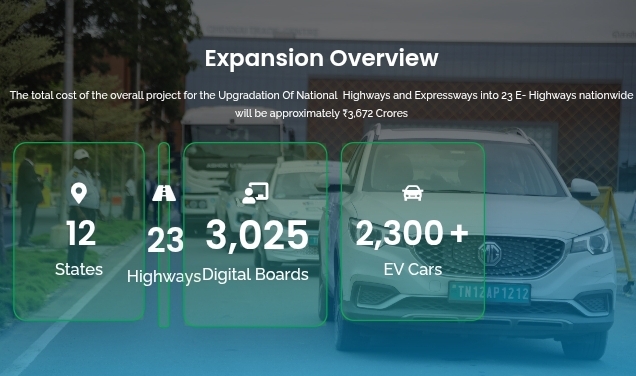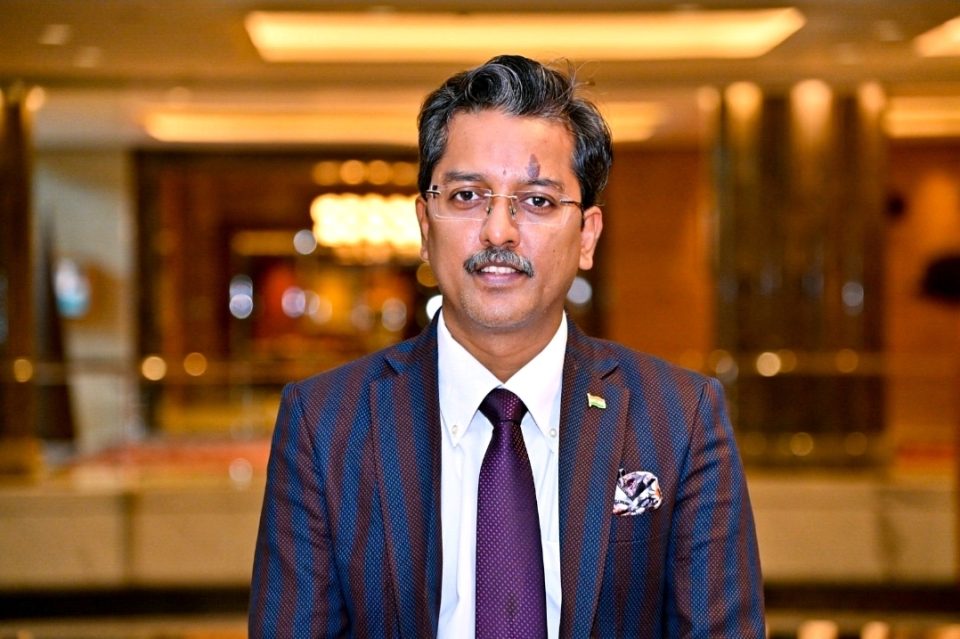Redefining Customer Experience in India’s New Tech Economy: The NHEV Perspective
India is rapidly evolving. From digital payments at local shops to electric vehicles on highways, transformation is happening everywhere. At the core of this shift is a new understanding of Customer Experience (CX) — no longer a post-sale afterthought, but now a central pillar of business strategy.
This sentiment was powerfully captured by Mr. Abhijeet Sinha, Project Director – National Highways for Electric Vehicles (NHEV), who stated:
“Customer Experience in India has evolved from being a post-sale support function to a core business strategy driving growth, loyalty, and brand trust. Post-COVID, digital acceleration, empathy-led communication, and changing purchase behaviours have redefined how brands engage with consumers, for example: A local kirana store now takes UPI and delivers via WhatsApp! Technology is now at the heart of CX innovation, from AI-driven chatbots to vernacular voice assistants and WhatsApp commerce. Indian consumers are demanding, empowered, and increasingly value-driven, expecting seamless, transparent, and human-centred experiences across digital and physical touchpoints. The brands that deliver not just service, but sentiment, will lead this new CX revolution.”
This vision reflects not only the transformation of customer expectations but also how emerging technologies, such as those piloted in national initiatives like NHEV, are shaping a future where sustainability and CX go hand-in-hand.
The NHEV Vision: Where Tech Meets Touch
The National Highways for Electric Vehicles (NHEV) pilot program, spearheaded by Mr. Sinha, is not just about electrifying roads. It is about building a future-ready mobility ecosystem where the end-user experience is seamless, efficient, and sustainable.
Launched under the guidance of the Government of India and supported by the Ministry of Commerce & Industry, NHEV began with trials on the Delhi–Agra and Delhi–Jaipur corridors. Now, it expands across 5,500 km of highways under a Hybrid PPP model, covering strategic routes from Delhi to Kanyakumari via Mumbai and Kolkata.
In 2024, its third trial on the Chennai–Trichy corridor began testing electric, hydrogen, and zero-emission freight vehicles. However, while the technical achievements are impressive, CX remains a priority in these developments.
Technology: The Heart of the New CX Model
Today’s consumers are tech-savvy. They expect more than just fast service—they want personalization, empathy, and convenience. Therefore, it is no surprise that technology now sits at the centre of CX innovation.
From AI-powered chatbots to vernacular voice assistants, brands are integrating tools that provide both scale and personalization. Platforms like WhatsApp commerce have made it possible for even small businesses to deliver big on CX. For instance, a local grocery store using UPI payments and real-time WhatsApp updates is now offering a customer experience once reserved for large retail chains.
As Mr. Sinha rightly pointed out, this tech-led transformation is not limited to metro cities. It is equally visible in tier-2 and tier-3 towns, where digital literacy and mobile-first behaviors are driving expectations higher every day.
Post-Pandemic Shift: From Transactional to Human-Centered CX
The COVID-19 pandemic altered consumer behavior across the globe. In India, it accelerated digital adoption, but more importantly, it created a demand for human-centric experiences.
Consumers now prefer brands that communicate with transparency, empathy, and purpose. This shift is especially critical in sectors like mobility and infrastructure, where services impact daily life. Initiatives like NHEV understand that to drive adoption of electric vehicles, user trust and comfort must be prioritized alongside technological upgrades.
For example, the ease of EV charging, user guidance through digital maps, and clear energy cost comparisons are all features that enhance the user journey. They transform a simple travel experience into a smart, sustainable, and emotionally satisfying interaction.
CX in Infrastructure: A Silent Revolution
CX is often associated with e-commerce or telecom, but infrastructure-led projects like NHEV are proving that even physical spaces can deliver digital-grade experiences. The design of EV stations under NHEV reflects user-centric thinking — from safety and cleanliness to app-based navigation and usage tracking.
Furthermore, real-time data dashboards, seamless toll payments, and location-based alerts are ensuring that the CX layer is embedded into the system, not just added on as an afterthought.
This is the silent revolution: when technology, policy, and user needs intersect seamlessly to create holistic experiences.
Data-Driven Personalization and Local Empowerment
In India’s diverse landscape, one-size-fits-all doesn’t work. Customers across regions have distinct preferences, languages, and behaviors. As a result, successful CX models now rely heavily on localized strategies.
By using data analytics and feedback mechanisms, projects like NHEV can identify patterns that inform better planning, smarter resource allocation, and more inclusive experiences. Whether it’s adjusting charging station layouts or creating vernacular user instructions, data fuels continuous CX improvement.
Additionally, the rise of hyperlocal commerce and smart micro-logistics are enabling communities to benefit from national programs while preserving their identity. This is CX as a tool for empowerment, not just efficiency.

CX as the New National Agenda
As India moves towards becoming a global innovation hub, CX must remain at the heart of its growth journey. Initiatives like NHEV show that nation-building and experience-building can go together.
By investing in intuitive technology, empathetic design, and customer-first policies, India is not only preparing its roads for electric vehicles—it is preparing its economy for value-driven growth.
As Mr. Abhijeet Sinha articulates, those brands (and institutions) that offer not just service but sentiment will emerge as leaders in this new era of CX.
Conclusion: The Road Ahead
The evolution of customer experience in India is no longer linear. It is multi-dimensional, shaped by policy, technology, consumer expectations, and purpose.
From digital kirana stores to national electric highways, the CX narrative is being rewritten every day. Leaders like Mr. Abhijeet Sinha are showing how vision and execution can converge to build not just infrastructure, but impactful, inclusive, and future-ready experiences.
In this journey, CX is not just a metric. It is the movement.

